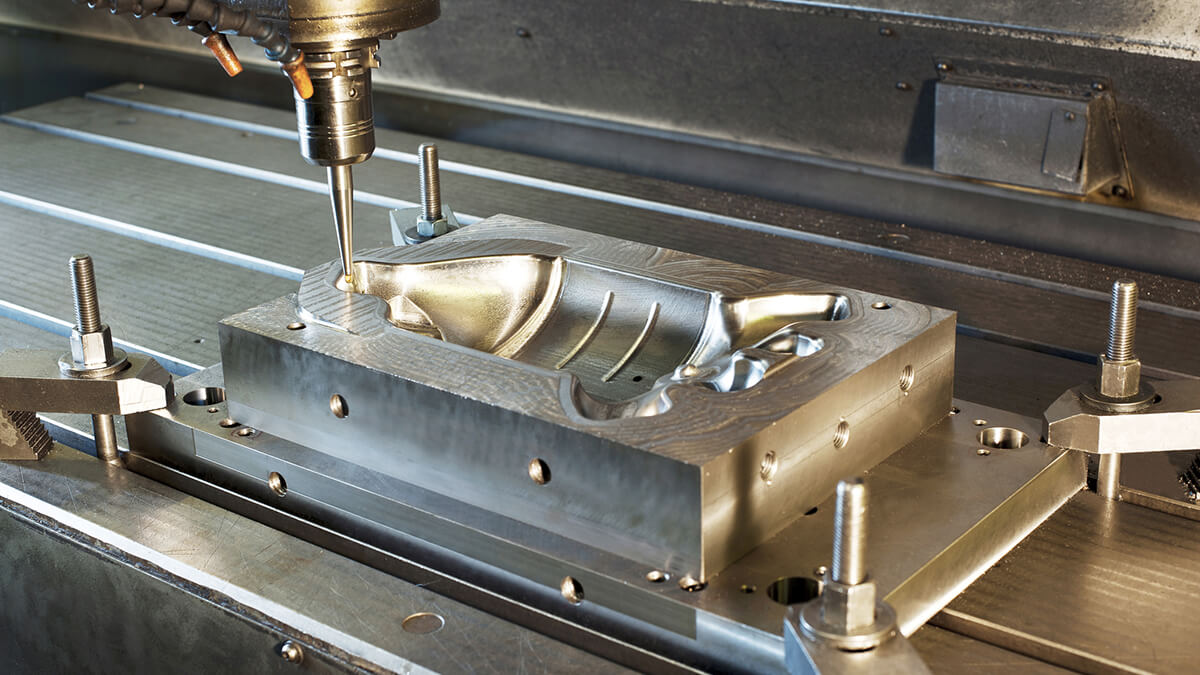In the world of manufacturing, innovation is the driving force that propels industries forward. One such innovation that is making significant strides in reshaping the future of manufacturing is A356 Aluminum Casting. This versatile and efficient process has been in use for decades, but recent advancements are taking it to new heights. In this blog, we will explore how aluminum casting is playing a pivotal role in shaping the future of manufacturing.
The Basics of Aluminum Casting
Aluminum casting is a manufacturing process that involves the transformation of aluminum alloys into complex and highly detailed components. It begins with melting aluminum alloys, typically through the use of electric or gas-fired furnaces. Once molten, the aluminum is poured into a mold, where it solidifies to take the shape of the desired product. This process can be accomplished through various techniques, including die casting, sand casting, and investment casting, each offering its own advantages depending on the application.
The Versatility of Aluminum Casting
One of the primary reasons aluminum casting is gaining prominence in manufacturing is its versatility. Aluminum is a lightweight and corrosion-resistant material, making it suitable for a wide range of industries and applications. From aerospace components to automotive parts, from consumer electronics to industrial machinery, aluminum casting is being utilized across diverse sectors.
Here are some key advantages of aluminum casting:
- Lightweight: Aluminum is one of the lightest metals used in manufacturing. This property is particularly valuable in industries where weight reduction is critical, such as aerospace and automotive, as it can lead to improved fuel efficiency and performance.
- Corrosion Resistance: Aluminum’s natural oxide layer provides excellent resistance to corrosion. This makes it an ideal choice for applications exposed to harsh environmental conditions.
- Complex Geometries: Aluminum casting allows for intricate and complex designs, which may be challenging or cost-prohibitive to achieve using other manufacturing methods.
- Cost-Effective: Aluminum casting can be cost-effective, especially when producing large quantities of components, thanks to its high production rates and low labor costs.
- Recyclability: Aluminum is highly recyclable, which aligns with the growing emphasis on sustainability in manufacturing.
Advanced Techniques in Aluminum Casting
Recent advancements in technology have led to significant improvements in the aluminum casting process. Some notable developments include:
- 3D Printing: Additive manufacturing, or 3D printing, has been integrated with aluminum casting. This combination allows for the creation of complex molds and patterns with greater precision and speed.
- Simulation Software: Computer-aided design (CAD) and simulation software enable manufacturers to optimize the casting process by predicting potential defects and making necessary adjustments before production begins.
- Alloy Development: The development of new aluminum alloys with enhanced properties, such as increased strength and heat resistance, is expanding the range of applications for aluminum casting.
- Automation and Robotics: Automation and robotics are being employed to enhance the efficiency and consistency of the casting process, reducing human error and improving product quality.
Applications of Aluminum Casting
Aluminum casting finds applications in numerous industries:
- Aerospace: From aircraft components to rocket parts, aluminum casting plays a crucial role in making air travel safer and more efficient.
- Automotive: The automotive industry relies heavily on aluminum casting for engine blocks, transmission housings, and other critical components to reduce weight and improve fuel economy.
- Electronics: Aluminum casting is used in the production of heat sinks and housings for electronic devices to dissipate heat and protect sensitive components.
- Construction: Aluminum casting is used in architectural applications for its durability, corrosion resistance, and aesthetic appeal.
- Energy: The renewable energy sector benefits from aluminum casting in wind turbine components and solar panel frames.
- Industrial Machinery: Manufacturers of heavy machinery use aluminum casting to create durable and efficient equipment.
Conclusion
Aluminum casting is undeniably shaping the future of manufacturing. Its versatility, combined with continuous technological advancements, makes it a compelling choice for industries seeking lightweight, corrosion-resistant, and cost-effective solutions. As we move forward in the age of innovation, aluminum casting will likely continue to play a pivotal role in revolutionizing manufacturing processes and contributing to a more sustainable and efficient future.
